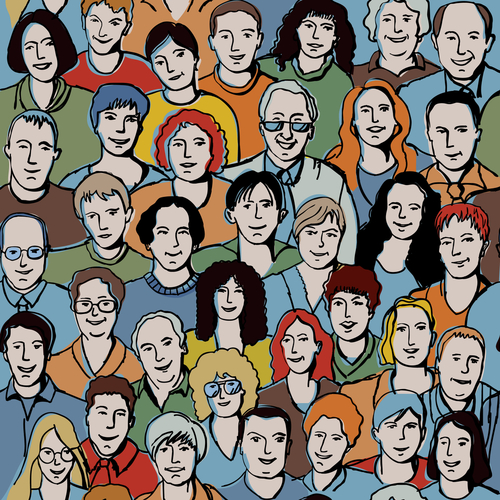How Neuroscience Can Aid Collaborative Leadership
This is one of our free-to-access content pieces. To gain access to all Ideas for Leaders content please Log In Here or if you are not already a Subscriber then Subscribe Here.

Insights from neuroscience can improve the way we understand our own and other people’s behaviour. The SCARF® model provides a framework for this understanding and for how the brain processes our interactions and collaborations with others. This Idea focuses on findings from recent social neuroscience research supporting SCARF®.
The SCARF® model, developed by neuroscientist David Rock, enables ‘change agents’ to exhibit more adaptive behaviours based on how mental experiences occur over time, thus offering to improve people’s capacity to understand and modify their own behaviour and that of others within a corporate leadership context.
SCARF holds that the organizing principle of the brain is to minimize danger and maximize reward. A stimulus associated with positive emotions or rewards will tend to elicit an ‘approach response’. Conversely, if a stimulus has negative associations, it will be processed as a threat triggering an ‘avoid response’.
As many as five times a second the brain scans the environment for rewards or threats. SCARF maps this monitoring, and its impact, across five domains:
Proponents argue that an effective application of SCARF can reduce social conflict and support better executive functions by improving our ability to label or appraise emotions.
Social threats in particular (e.g. the fear of looking bad in front of peers) can inhibit perception, cognition, critical thinking, creativity and collaboration during an emotion-producing event such as an office reorganisation.
SCARF is underpinned by global progress in neuroscientific research. For example, envy has recently been shown to activate a region of the brain where pain is processed. On the other hand, Schadenfreude – joy in someone else’s discomfort, is associated with activation in a region which processes reward.
Other teams have identified that workplace uncertainty, such as how the boss is evaluating performance, is processed in much the same way as our ancestors thought about the dark, elongated shape in the corner of the cave, and whether it was a snake or not. It has also been shown that the certain reward of having hard work acknowledged can have the same effect as finding money on the street.
That is because social concerns are a primary motivator for human behaviour. If the human brain were an airport, social information would have priority boarding and get through passport control first.
Humans have a fundamental need to belong and to have good standing in their social group. Social pain is comprehended by the brain in much the same way as physical pain. People who took a physical pain reliever during a 2010 experiment showed reduced neural responses in the brain regions associated with social rejection compared with those who took a placebo.
People process information about in-group members and out-group members in different parts of the brain – this has also been observed in monkeys. Arbitrarily assigning people to different teams can have the same expression in brain activity as racial, ethnic or political distinctions. Establishing minimal social ties, such as going for a drink after work, with another person or group increases the brain’s motivation and performance.
Oxytocin, a neurochemical sometimes referred to as ‘the bonding hormone’, not only promotes in-group trust and co-operation, but also increases aggression towards out-groups. Interestingly, there is a gene that alters the uptake of oxytocin in the brain, which makes some cultures feel social rejection and support more keenly than others.
While people experience the strongest sense of engagement when they have rewards occurring in multiple domains, individuals have widely different orders in which the domains of SCARF are important to them. Individual variation is likely to be influenced by the environment at the time, and perhaps change over one’s lifetime; however, it also appears to be relatively static.
Identifying an individual’s SCARF profile can help tailor both engagement as well as reward programs to each person by focusing on their key drivers rather than all domains at once.
Leaders are disadvantaged because they place all five domains under threat. Studies suggest that people trust a stranger more than their boss. A boss creates a status threat, tends to cause uncertainty, has a near-monopoly of control, tends to keep themselves separate, and is likely to be seen as unfair simply because they appear to be paid more.
Leaders must run to keep up.

Ideas for Leaders is a free-to-access site. If you enjoy our content and find it valuable, please consider subscribing to our Developing Leaders Quarterly publication, this presents academic, business and consultant perspectives on leadership issues in a beautifully produced, small volume delivered to your desk four times a year.

For the less than the price of a coffee a week you can read over 650 summaries of research that cost universities over $1 billion to produce.
Use our Ideas to:
Speak to us on how else you can leverage this content to benefit your organization. info@ideasforleaders.com